Gibraltar for History Buffs: Key Sites to Visit
Gibraltar, a small British Overseas Territory located at the southern tip of the Iberian Peninsula, is a treasure trove of history. With its strategic position at the entrance to the Mediterranean Sea, Gibraltar has witnessed numerous historical events and has been a coveted prize for various empires over centuries. This article is a guide for history buffs keen to explore the key historical sites of Gibraltar, delving into its rich and diverse past.
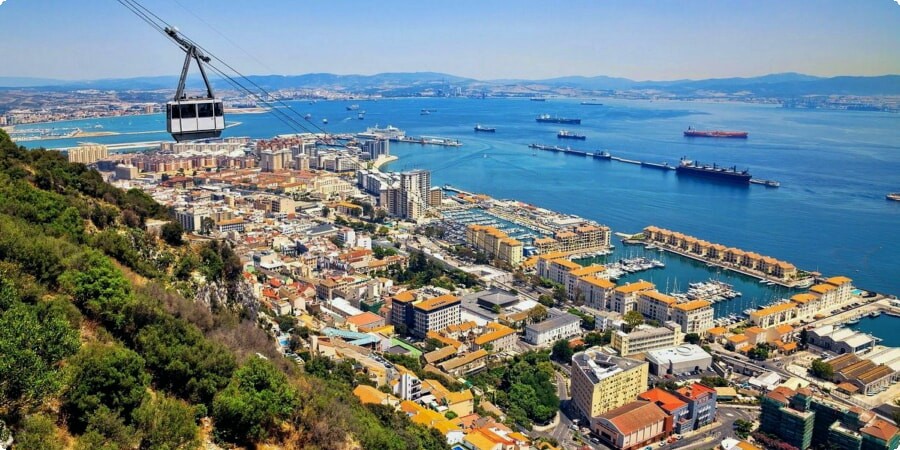
The Rock of Gibraltar
The Rock of Gibraltar is not just a geographical landmark but a symbol of strength and endurance. Standing tall at 426 meters, the Rock has been a critical strategic point throughout history, particularly noted during the Great Siege of Gibraltar. Visitors can explore the Upper Rock Nature Reserve, home to the famous Barbary macaques, and enjoy panoramic views of the surrounding area.
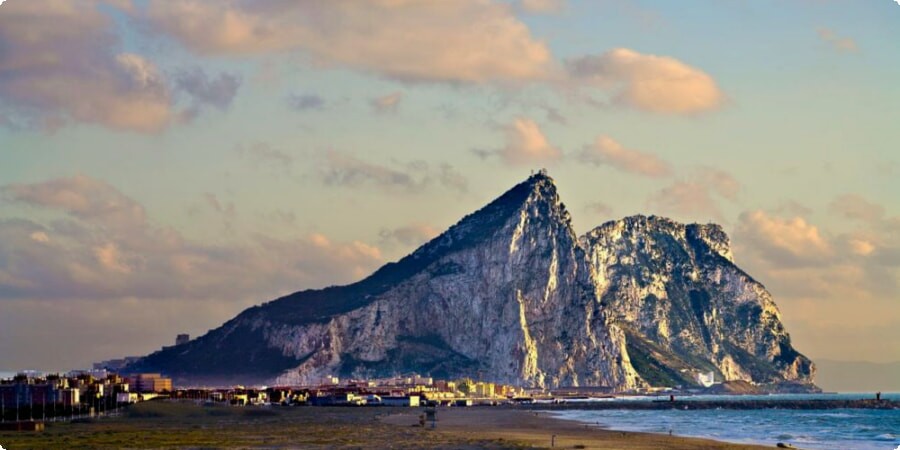
A key attraction on the Rock is the Great Siege Tunnels. These tunnels were carved out during the Great Siege (1779-1783) by British forces defending Gibraltar against Spanish and French troops. The ingenuity displayed in their construction is a testament to the military engineering of the time. Visitors can walk through the tunnels and imagine the resilience of the soldiers who once defended this bastion.
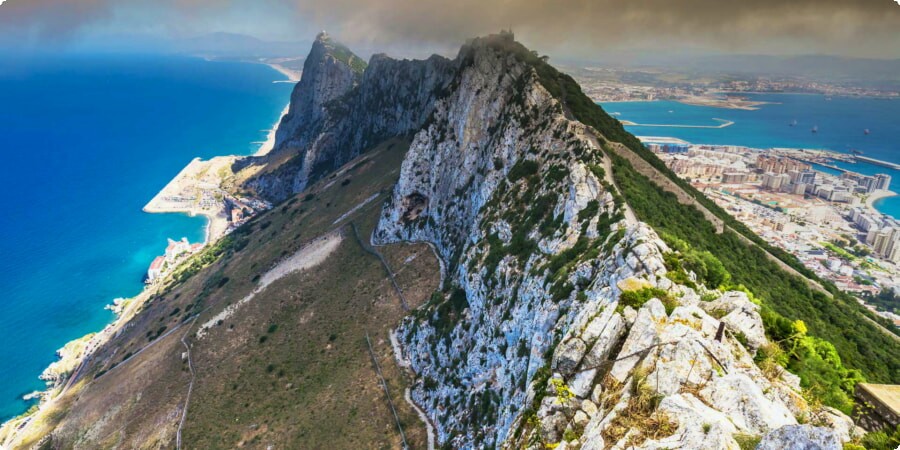
The Great Siege Tunnels
The Great Siege Tunnels are a remarkable feat of military engineering. Dug by hand using basic tools, these tunnels were essential for the British defense strategy during the Great Siege of Gibraltar. The tunnels housed cannons and troops, providing a secure location from which to fend off attackers. Today, the tunnels are a popular tourist attraction, offering insight into the ingenuity and determination of the defenders.
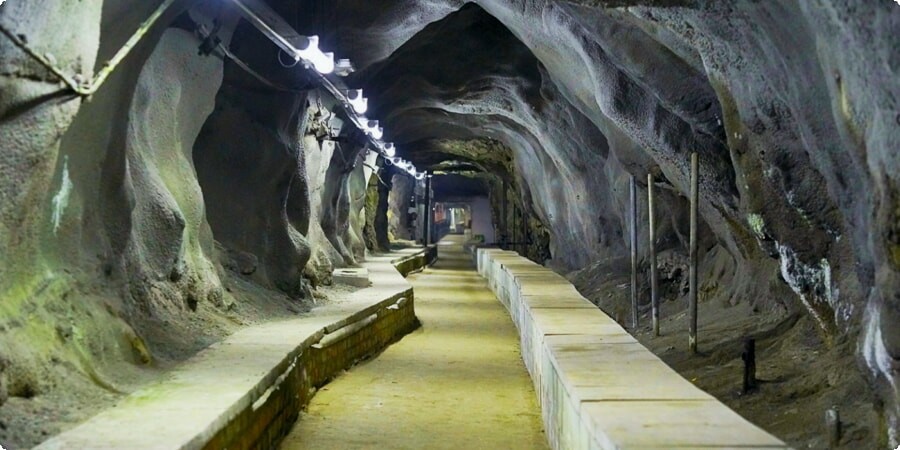
Walking through the tunnels, visitors can see original cannon emplacements and exhibits detailing the harsh conditions faced by the soldiers. The experience is both educational and evocative, bringing to life a crucial period in Gibraltar's history.
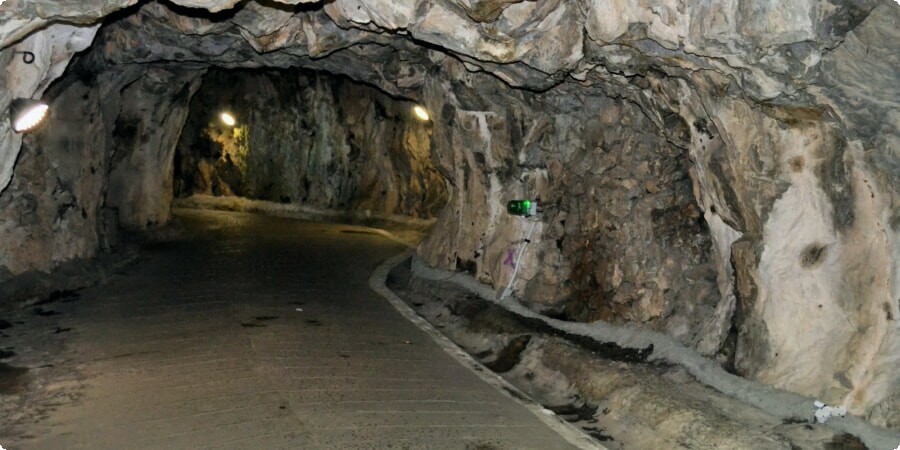
Moorish Castle
The Moorish Castle, dating back to the 8th century, stands as a testament to Gibraltar's Islamic heritage. The castle, built during the time of Muslim rule in Spain, played a significant role in the defense of the territory. Its most prominent feature is the Tower of Homage, which dominates the skyline and offers stunning views over the town and bay.
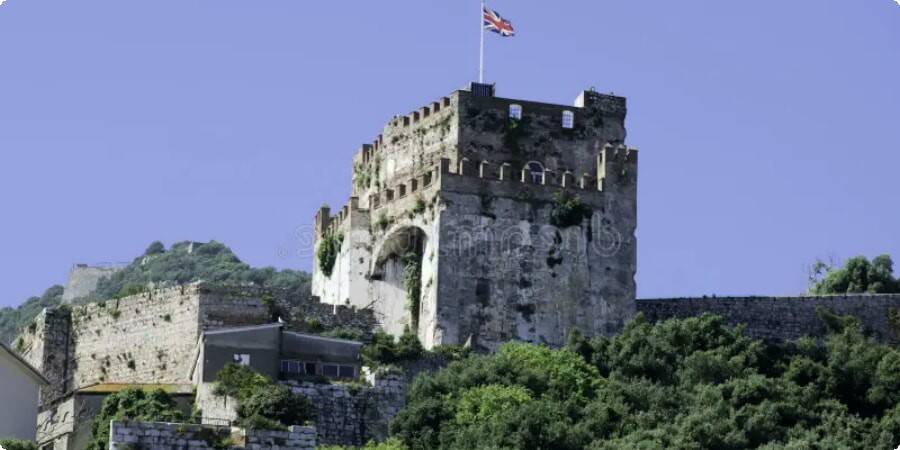
The castle's architecture reflects the blend of Islamic and European influences that have shaped Gibraltar over the centuries. Visitors can explore the castle grounds and imagine the lives of the people who once inhabited this stronghold. The site provides a fascinating glimpse into the medieval history of the region.
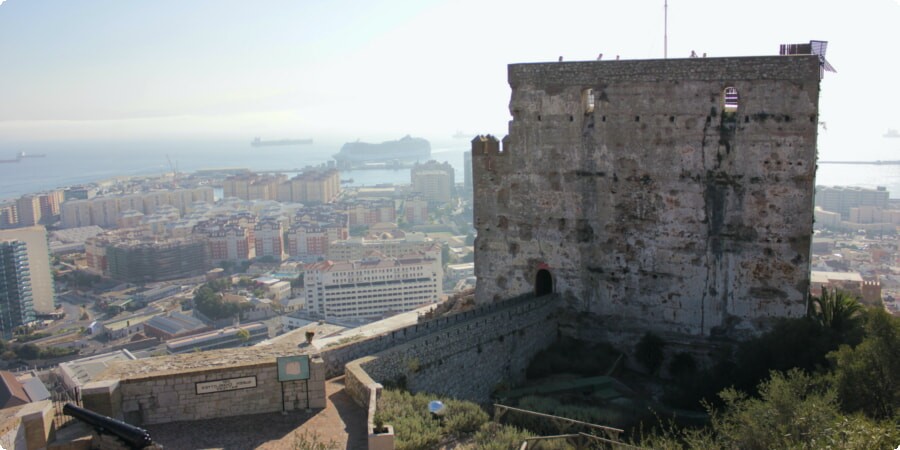
St. Michael’s Cave
St. Michael’s Cave is a natural wonder with a rich history. Used by humans since ancient times, the cave has served various purposes, from a place of worship to a refuge during sieges. During World War II, the British military even considered using it as a hospital.
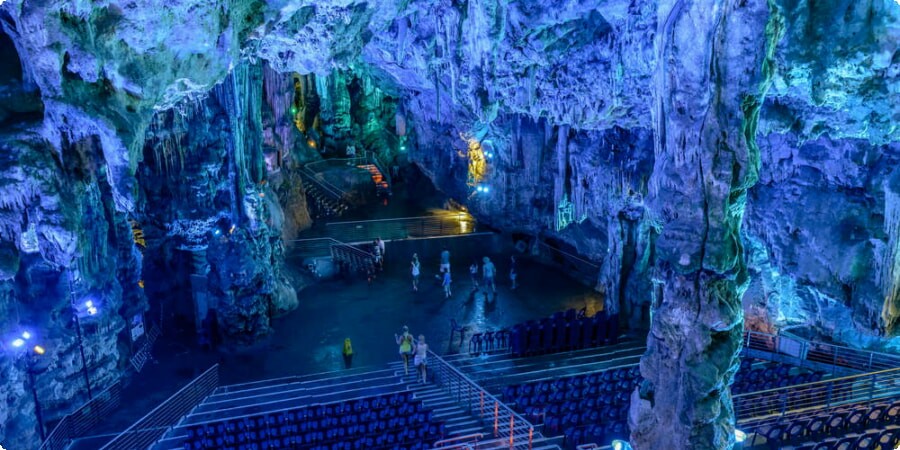
Today, the cave is a popular tourist attraction, featuring stunning stalactites and stalagmites. The main chamber is now an auditorium where concerts and events are held, adding a modern twist to this ancient site. The cave’s natural beauty combined with its historical significance makes it a must-visit location.
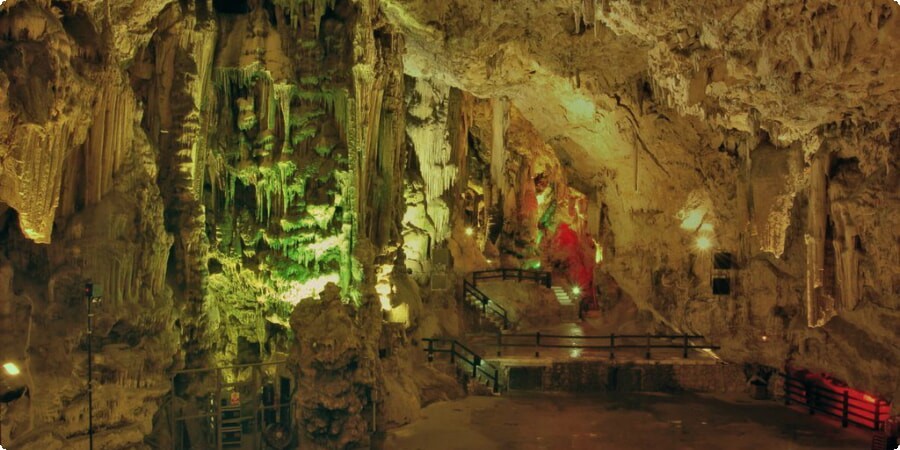
Gibraltar Museum
The Gibraltar Museum offers a comprehensive look at the territory’s rich history. Founded in 1930, the museum is housed in a building that was once a 14th-century Moorish bathhouse. The museum's exhibits cover a wide range of topics, from prehistoric times to the present day.
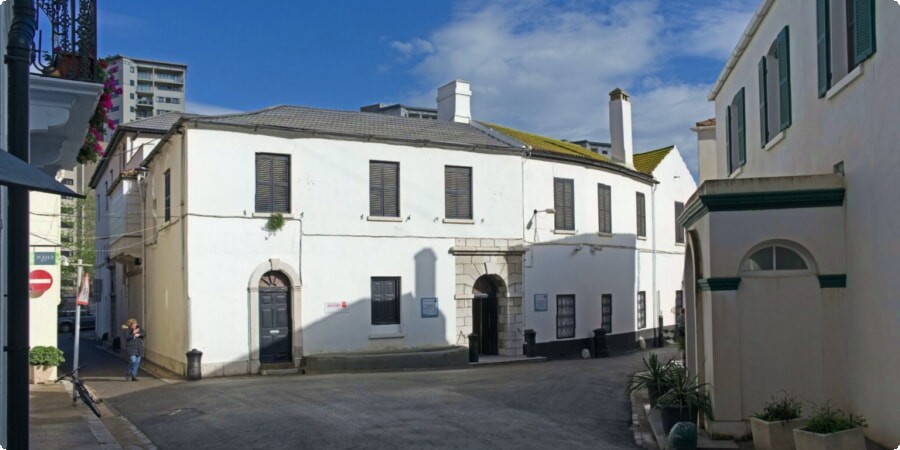
Key exhibits include artifacts from the Great Siege, Roman and Moorish periods, and the natural history of the region. The museum also features the remains of a Neanderthal woman, shedding light on Gibraltar’s ancient past. For history buffs, the Gibraltar Museum is an essential stop to gain a deeper understanding of the area’s diverse heritage.

Trafalgar Cemetery
Trafalgar Cemetery, though small, holds great historical significance. It is the final resting place for many soldiers who fought in the Battle of Trafalgar in 1805. The cemetery is a somber reminder of the lives lost during this pivotal naval battle, which saw the British Royal Navy defeat the combined fleets of France and Spain.
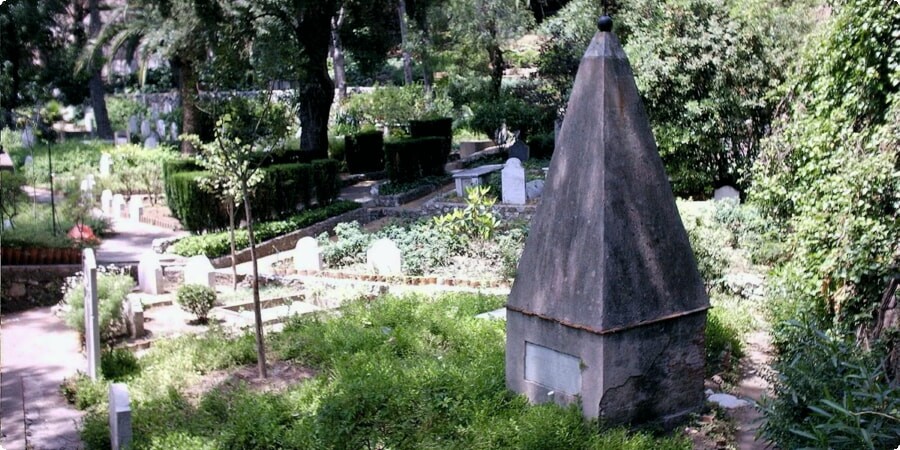
Visitors can walk among the graves, reading the inscriptions and reflecting on the sacrifices made. The cemetery also hosts memorials to other battles and conflicts, making it a poignant site for those interested in military history.

The Pillars of Hercules Monument
The Pillars of Hercules Monument is a striking landmark that commemorates Gibraltar’s place in ancient mythology. According to legend, the Rock of Gibraltar and Jebel Musa in Morocco were the two pillars marking the edge of the known world. The monument celebrates this mythological heritage and offers stunning views over the Strait of Gibraltar.

Visitors can enjoy the scenic beauty of the area while contemplating the historical and cultural significance of the site. The monument is a perfect spot for those looking to combine history with natural beauty.

To fully immerse yourself in the culture and history of Gibraltar, consider joining one of the excellent culture and history excursions available through CityPlanet.

Gibraltar’s historical sites offer a deep and fascinating insight into the past, making it an ideal destination for history buffs. Each site tells a story, from ancient times through to the strategic military importance of the 20th century. Whether exploring the Great Siege Tunnels, marveling at the Moorish Castle, or reflecting at Trafalgar Cemetery, visitors will find a wealth of history waiting to be discovered.

Additionally, don't miss out on the chance to experience culinary and nightlife tours that add a flavorful and lively dimension to your historical exploration.